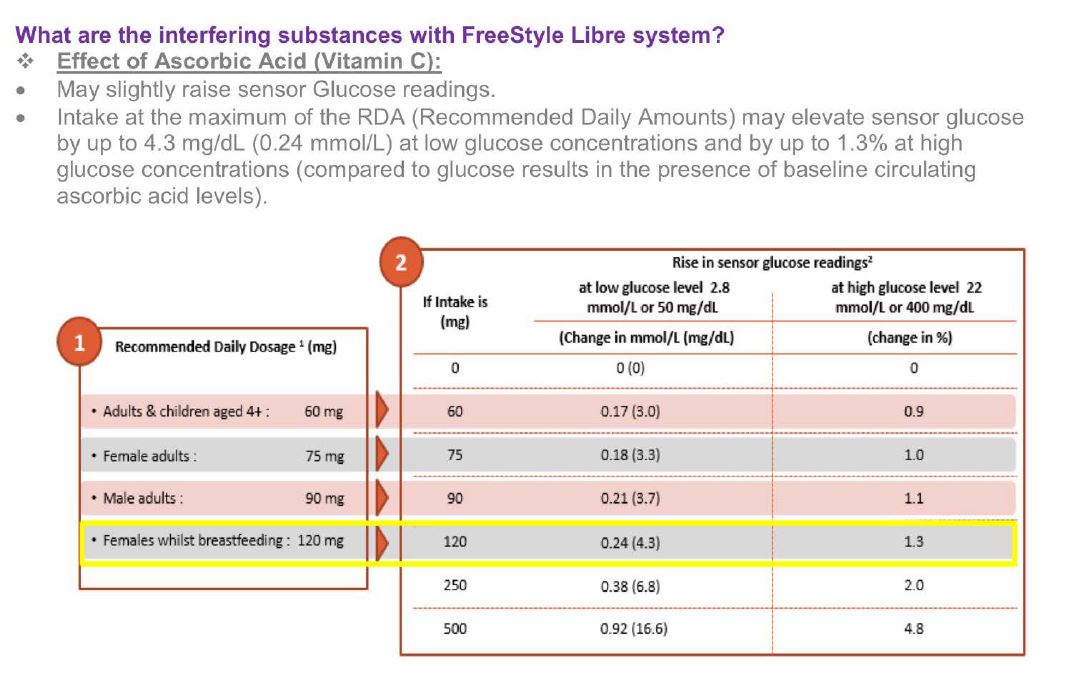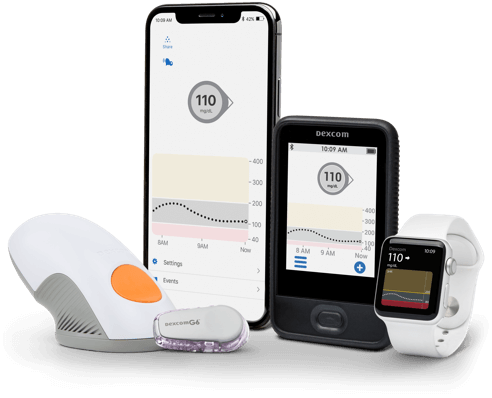Description
The /devices endpoint enables retrieval of a user's device information, including G4 and G5 standalone receivers, the G5 mobile app, and transmitters. The response is an array of all receiver-type devices contributing data to the specified time window, including the alerts and settings associated with each receiver.
Resource
If you prescribe your patient Dexcom G6 Pro for unblinded use, the patient will need to download the Dexcom G6 app (version 1.6.1 or later) for home use with their compatible smart device. The Dexcom G6 Pro reader box includes the following: Reader † Case; Charger.Patient must have a compatible smart phone for an unblinded mode session. When you plug the device into your USB, Windows will look for the associated driver, if it cannot find this driver then you will be prompted to insert the driver disc that came with your device. Common USB Device errors are ‘ usb port not working ‘, ‘device descriptor request failed error’ or ‘bugcodeusbdriver’ issues. The Dexcom G6 features a slim, water-resistant ‡‡ sensor that is discreet and easy to insert. 3 The sensor accurately measures glucose levels just beneath the surface of the skin and sends data wirelessly every 5 minutes to your compatible smart device † or receiver. If the device-specific driver is distributed through Windows Update, you can manually update the driver by using Device Manager. For more information about how to do this, see update drivers in Windows 10. If the device is not yet connected, first install the device-specific driver, such as by using the appropriate installer.
GET /v1/users/self/devices
Authorization
Dexcom Driver Installation
OAuth 2.0 bearer token; see the Authentication section for details on this workflow.
Query Parameters
These query parameters specify the time window for the requested data; both are required. See the discussion of time in the Endpoint Overview section for more details on how they relate to device information. Due to the way device upload records are stored, the time components of the startDate and endDate parameters are ignored for the /devices endpoint.

Name | Type | Description |
|---|---|---|
| DateTime | Beginning of the time window |
| DateTime | End of the time window |
Request Example

Dexcom Port Devices Driver Downloads

Response Example
Response Fields
Name | Type | Description |
|---|---|---|
| Array | Array of devices |
devices array fields are as follows
Name | Type | Description | Enumeration |
|---|---|---|---|
| String | Device Name |
|
| DateTime | Server timestamp, in UTC, of last upload event for the device that contributed data in the specifed time window; note that this may be outside the range defined by the startDate and endDate query parameters | |
| Array | Array of alert settings for the device as of the (nullable) |
The alertSettings fields are as follows
Name | Type | Description | Enumeration |
|---|---|---|---|
| String | Name of alert |
|
| Float | The value at which the alert is set |
|
| Float | Unit of measurement for the alert |
|
| Integer | Time (in minutes) before resuming alarming after the alert has been acknowledged and cleared | |
| Integer | Time (in minutes) before initial alarming after the alert threshold/condition is triggered | |
| Boolean | Indication of whether or not the alert is enabled on the device | |
| DateTime | Time according to the system clock when alert setting was last adjusted by the user; nominally UTC | |
| DateTime | Display time when alert setting was last adjusted by the user |
